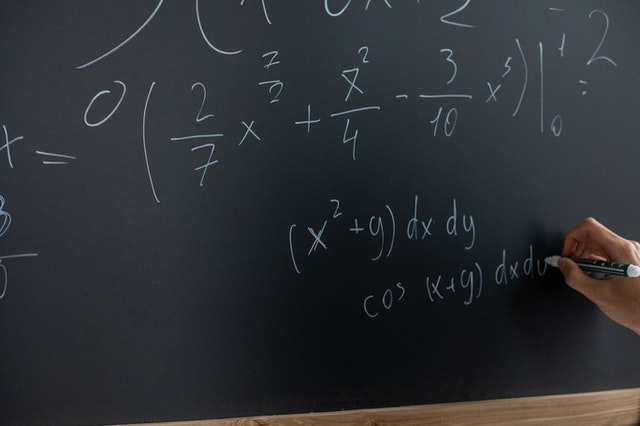Back to School with Singapore Math® – Let Today Be the Start of Something New!

There are many places of employment that promise a new start with New Year’s Day or the start of a new fiscal year but more often than not that new start is fleeting and the same old ruts soon reemerge.
Education is unique in that we truly start anew with each school year. It is full of opportunity to get to know another group of students, reacquaint ourselves with colleagues and administrators – or perhaps get to know new ones. It is also a chance to revisit our classroom management procedures and implement new best practices in our classrooms. It is our time to shine with each new teachable moment. As teachers, we know that it is the procedures and practices along with appropriate responsibility and consequences that aid in our sanity throughout the new year, and we need to begin with them from day one.
When it comes to Singapore Math®, the research is clear – the use of manipulatives is non-negotiable. With a new school year, we need to establish the structure for their use with our new group of students. Manipulatives need to be readily available in your classroom. If we ask students to “hold that thought” so we can go look for manipulatives, we have lost a teachable moment. As educators, we need to consider how we will create the opportunity for students of all levels – those who may be struggling with a particular topic, those who are moving towards mastery with a particular topic and those who could benefit from enrichment with a particular topic – to make use of manipulatives to see and explain math.
Another teaching approach which should be established at the start of the school year is the use of productive struggle to help students build confidence and learning persistence. Singapore Math® offers ample opportunity for students to discuss, justify and analyze their answers and strategies – as well as those of their peers – through the use of problem-solving. The Singapore Math® lesson gives students an opportunity to discover the process needed to solve a given problem through discourse, exploration, and revision. As teachers, we must allow wait time as we encourage student participation, ask students to provide additional methods and probe student thinking as they productively struggle through problems. Sometimes this wait time can be difficult but as educators, we must be willing to let students think and work through math problems before swooping in to help guide them.
Setting the procedures and the expectations from day one sets us up for a positive year and sets our students up for success in math.
Christopher Coyne
National Education Consultant
ccoyne@marshallcavendish.com
